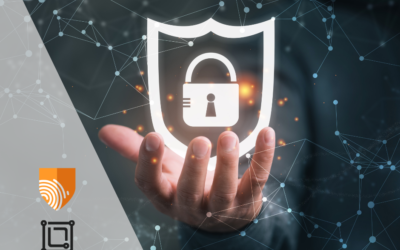G-Corp joins SPACs and Capital Pool Companies as Go-Public Vehicle in Canada
For decades, Canadian stock exchanges have been providing innovative ways for high-growth companies to go-public and access capital markets. Since 1986, the TSX Venture Exchange, one of Canada’s junior exchanges for growth companies, has offered the Capital Pool Company (“CPC”) program, a micro special purpose acquisition vehicle that can do a nimble IPO with up to $10M in cash in order to acquire growth companies. Canada’s senior stock exchanges, the Toronto Stock Exchange and the NEO Exchange, have launched larger SPAC programs, which permit a SPAC to raise eight figure proceeds by IPO and look for more mature target companies to acquire.
In April 2021, the NEO Exchange launched the pilot program for their latest publicly traded acquisition corporation, the Growth Acquisition Corporation (“G-Corp”).
NEO’s Existing SPAC
Prior to launching the G-Corp, NEO successfully launched the Special Purpose Acquisition Corporation (“SPAC”) program. SPAC listings offer investment opportunities in large companies with market values in excess of $500 million. However, SPAC listings are inaccessible for mid-market, early-stage companies. On the other hand, the TSX Venture’s Capital Pool Companies (“CPCs”) act as investment vehicles for smaller companies, as they cannot raise more than $1 million in seed capital and $10 million in aggregate proceeds. As a result, for many mid-market start-ups, SPACs and CPCs may not provide an ideal platform to go public.
With this in mind, NEO, in consultation with the Canadian Securities Regulators, created the G-Corp to present unique investment opportunities in “quality private companies with an enterprise value between $50m and $500M.”
– Jos Schmitt, President & CEO of NEO.
Similarities Between NEO’s SPAC and G-Corp
Both programs allow investors the opportunity to list a shell company on the NEO Exchange solely for the purpose of raising money through an IPO. Following the IPO, the SPAC or G-Corp must complete an acquisition of a desired private company – this acquisition is known as a qualifying transaction. By completing a qualifying transaction, the G-Corp will bring its desired private company to the capital markets. Both G-Corps and SPACs are required to file a prospectus for the IPO and the subsequent qualifying transaction.
Under both programs, following the closing of the IPO, founders cannot hold more than 20% of outstanding shares, excluding non-IPO issued securities. Furthermore, similar to SPACs, G-Corps will require 100% of the IPO funds be held in escrow until the qualifying transaction goes through. If the qualifying transaction fails to close within the stipulated time period, the funds are returned to investors.
Distinct Features of the G-Corp
The G-Corp is required to raise a minimum of $2 million in its IPO. This minimum threshold is substantially lower than the SPAC requirement, which is $30 million in IPO raised funds, 20% of which can be held by founders immediately following the IPO closing. The lower minimum threshold for the G-Corp is intended to increase access for earlier stage start-ups. In addition to IPO raised capital, G-Corps require a minimum investment of $300,000 by founders to ensure a sufficient amount of working capital. In contrast, SPACs do not require a minimum investment amount by founders to ensure satisfactory working capital.
Unlike the SPAC, G-Corp’s are not required to provide shareholders with a right of redemption prior to completing the qualifying transaction. This substantially reduces the risks for G-Corps in the interim period. However, NEO introduced a majority shareholder approval requirement (excluding founders and sponsors) for G-Corps to move forward with the qualifying transaction; in contrast, NEO does not have require SPACs to obtain shareholder approval in connection with a qualifying transaction, so long as 100% of the IPO funds are held in escrow.
Both G-Corps and SPACs have a strict timeline to complete their qualifying transaction. However, G-Corps will be restricted to a shorter period. G-Corps will have 24 months to identify a qualifying transaction and 3 additional months to complete the transaction, which deadline cannot be extended. In comparison, the SPAC can extend the period of time needed to close its qualifying transaction up to 36 months from the IPO closing date.
If you have any questions about this article or wish to learn more, please contact Andy Andrei, an associate at Oziel Law practicing in the securities and capital markets group.
Oziel Law communications and legal articles are intended for informational purposes only and do not constitute legal advice or an opinion on any issue. To obtain additional details or advice about a specific matter, please contact our lawyers.
For permission to republish this content, please contact us at info@oziellaw.ca.



